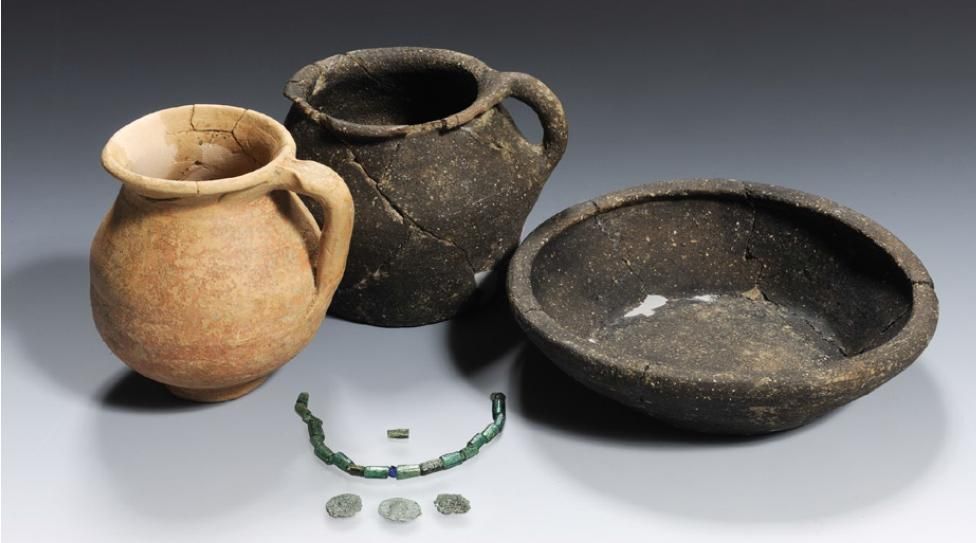We’ve heard about exhibitions commemorating the lives or deaths of artists, but what about the founding of a whole region?
Emilia-Romagna, is having its 2200th birthday and to celebrate, the Museo Civico Medievale are putting on an exhibition in its capital, Bologna, to tell you about its history.
The exhibition takes you through almost a millennium, from around 400-500 B.C. up to the beginning of the 13th century. That way, the event gives not only a history of the region, but also information on the general transition from Antiquity to the Middle Ages. Split into six sections, the exhibition uses artefacts to present various aspects of the time.
The first section looks at the formation of cities and how socio-economic changes and institutions can affect them. In the case of Emilia-Romagna, the land had initially belonged to the Gauls, when the Romans kicked them out and started urbanising the area. This process was really accelerated during the rise of Christianity because of the region’s monasteries promoting culture and trade. In contrast, the second section examines rural life and roman villas.
The third section has a more human element as it looks at the diverse peoples of the region and how they interacted, especially their funerary customs. In the fourth section, we make a return to the urban life, but this time from a medieval standpoint. With the Middle Ages, naturally comes Christianity; the subject of the fifth section, where the interaction of the churches and monasteries with their communities is examined. In the final section, the exhibition makes a return to cities and communal life, presenting immaculately preserved wooden artefacts from the communal age (1100-1800 A.D).
Museo Civico Medievale
4 Via Manzoni, 40121 Bologna
Opening times
Tuesday to Sunday: 10.00-18.30





